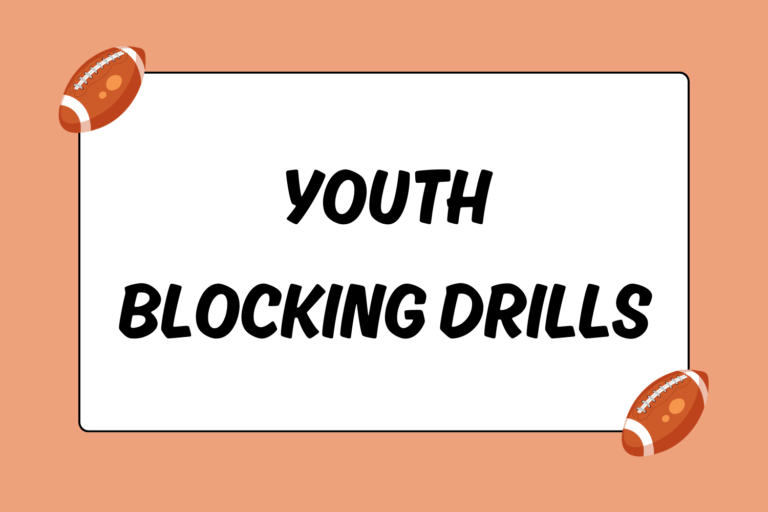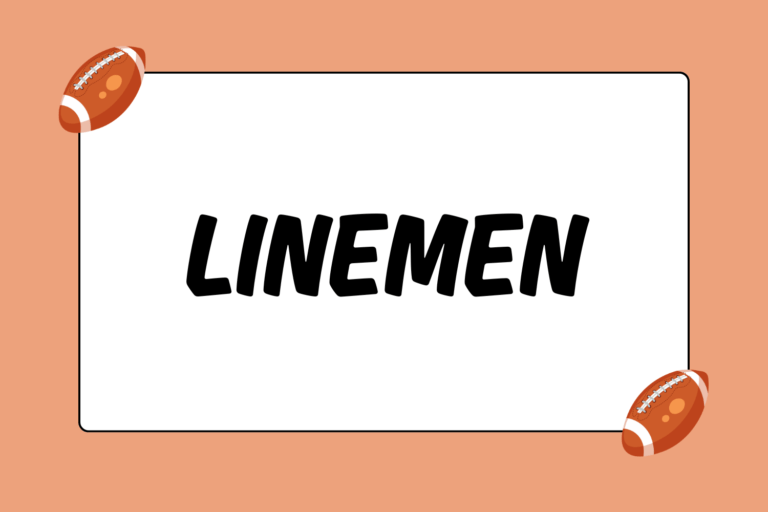It’s one of football’s rarest and most exciting scenarios: One minute left in the game and the home team just scored, but the visitors are still ahead by a point. The home team must get the ball back for a chance to win. In these high-pressure situations, there’s really only one option: An onside kick. This guide describes the two most frequently-used kicking technique for performing onside kicks: The pop-up, and the drag & dribble.
The Pop-up
The pop-up kick is the most common onside kick technique, largely for two reasons:
- It’s easier to control in comparison to other onside-kicking techniques.
- It’s relatively simple to perform from a normal kickoff formation.
Keep in mind that the technique used for any sort of position-specific skill (kicking off, punting, throwing a pass, etc.) will vary slightly from one player to another. However, the vast majority of such techniques do follow the same basic set of steps. Below is an overview of how the pop-up kick is performed.
On the Approach
During a normal kickoff, the kicker starts 5 to 10 yards behind the ball. He begins his approach at a slow jog, increasing his speed as he gets closer. Finally, he reaches top speed just before he kicks the ball. This build-up in speed is a normal part of the kickoff procedure, and something that is familiar to players on the return team. However, this technique also offers two major advantages during a pop-up kick:
- Because the kicker can perform the pop-up kick from nearly a full-speed approach, the normal kick off technique can be used to disguise the pop-up kick and surprise the return team.
- The kicker does not have to vary his approach very much when executing a pop-up kick.
Though it can be more difficult to control at a faster speed, with enough practice the pop-up kick can be approached just like a normal kickoff.
Fun Fact:
The term “onside kick” originates from the game of rugby. In rugby, the ball may be kicked forward at any time. All of the kicker’s teammates can then immediately recover the ball as long as the players are behind the kicker when the ball is kicked (or onsides).
Making the Kick
Though the term “pop-up” is usually reserved for baseball, the name is appropriate for this type of kick because that’s exactly what it seeks to do: Pop the ball up into the air. Here’s a breakdown of the actual pop-up technique:
- The kicker sweeps his foot through the very top of the ball, making contact right around the stripe. The actual part of the foot that kicks the ball varies between kickers, but generally it’s an area immediately around the bottom of the laces.
- The kicker strikes down on the ball, causing the top point (where the contact is made) to immediately and forcefully hit the ground. As a result, the ball pops up and flies a short distance through the air.
- The other players on the kicking team rush down field, ready to catch the ball after it travels 10 yards.
The pop-up kick is designed to travel a very short distance, but the ball should stay in the air long enough for the kicker’s teammates to have a good chance at recovering the kick.
The Drag & Dribble
While less common at the professional level, lower levels of the game — such as pee wee or middle school — still use the drag and dribble technique regularly. The kick is soft and slow, and the ball is supposed to roll along the ground until the kicking team scoops it up. Here’s a breakdown of how the drag and dribble works:
On the Approach
For a normal kickoff, the kicker approaches the ball at a slow jog, and then speeds up the last few steps before kicking the ball. However, approaching a drag and dribble kick at a fast speed makes it much more difficult for the kicker to control where the ball ends up. For better control, the kicker usually approaches the ball in one of two ways, depending on the specific formation being used:
- When the kicking team lines up in an onside kick formation, the kicker approaches slowly since the receiving team knows an onside kick is coming.
- When the kicking team lines up in a normal kickoff formation, the kicker starts off in a normal jog that increases in speed as he gets closer to the ball. The kicker then abruptly slows down a few feet before he reaches the ball.
Regardless of how the kicker approaches the ball, the key is to go slow just as the kick is made. The slower the kicker’s approach, the less momentum he’s built up, and the more control he’ll have over where the ball ends up.
Amazingly True Story
Until the rules changed in 1923, the ball was live on an onside kick as soon as it touched the ground — no matter the distance it was kicked. Any player on the kicking team was allowed to recover it, except for the kicker.
Making the Kick
The actual drag and dribble technique is, like many things in football, simple to describe but difficult to execute. The kicker rotates his kicking foot outwards and makes contact with the upper part of the ball around the stripe, using the inside of his kicking foot rather than the laces. This is the “drag” part, because the kicker basically drags his foot across the top of the ball, not putting much force behind the kick. As a result of the drag, the ball falls forward and bounces along the ground in a (relatively) straight line — the “dribble” aspect.
While it’s not a rule, the kicker normally has the best chance at recovering a drag and dribble attempt. The reason for this comes down to geometry:
- The ball must travel 10 yards (or be touched by the receiving team) before the kicking team can recover it.
- The shortest distance between two points (the ball and the field 10 yards away) is a straight line.
- Anything other than a perfectly straight kick increases the distance and travel time for the ball to have advanced 10 yards.
The kicker kicks the ball straight ahead because that’s the quickest way to make it travel 10 yards. Similarly, the kicker is supposed to recover the ball once it does move 10 yards, because he will be the closest one to it.
The Aftermath
The key to a good pop-up kick is finding the perfect balance between height, power, and distance. The drag and dribble, on the other hand, requires a gentle touch and a lot of luck. Regardless of which onside kick maneuver is used, one thing remains true: Only with ample practice will a kicker be able to routinely and accurately perform either technique.





